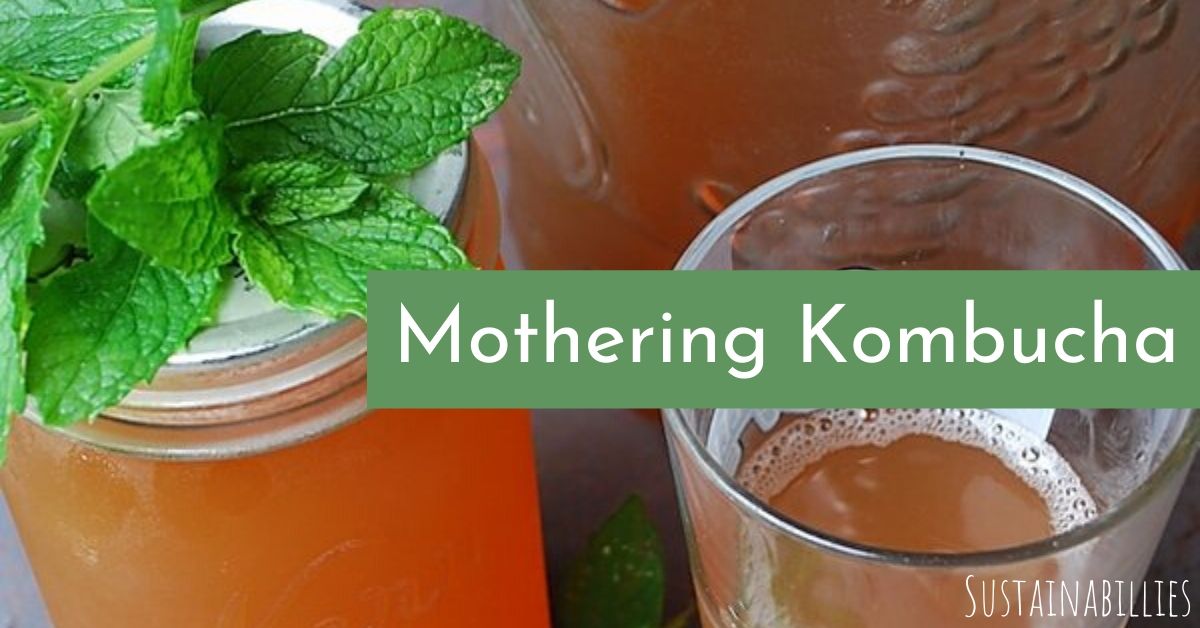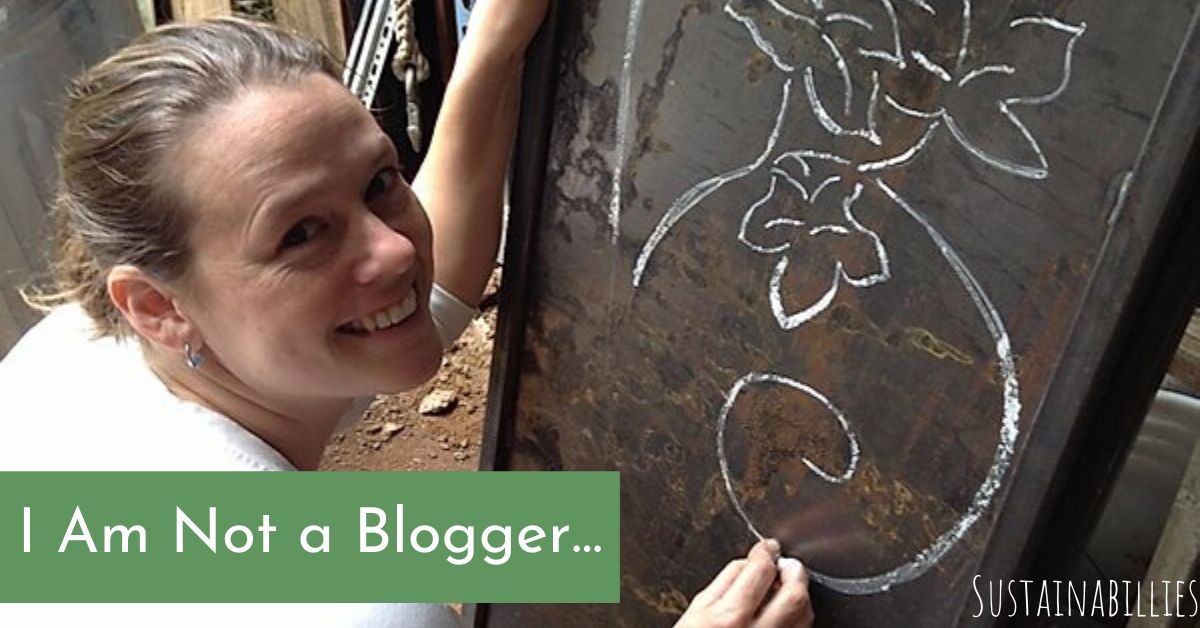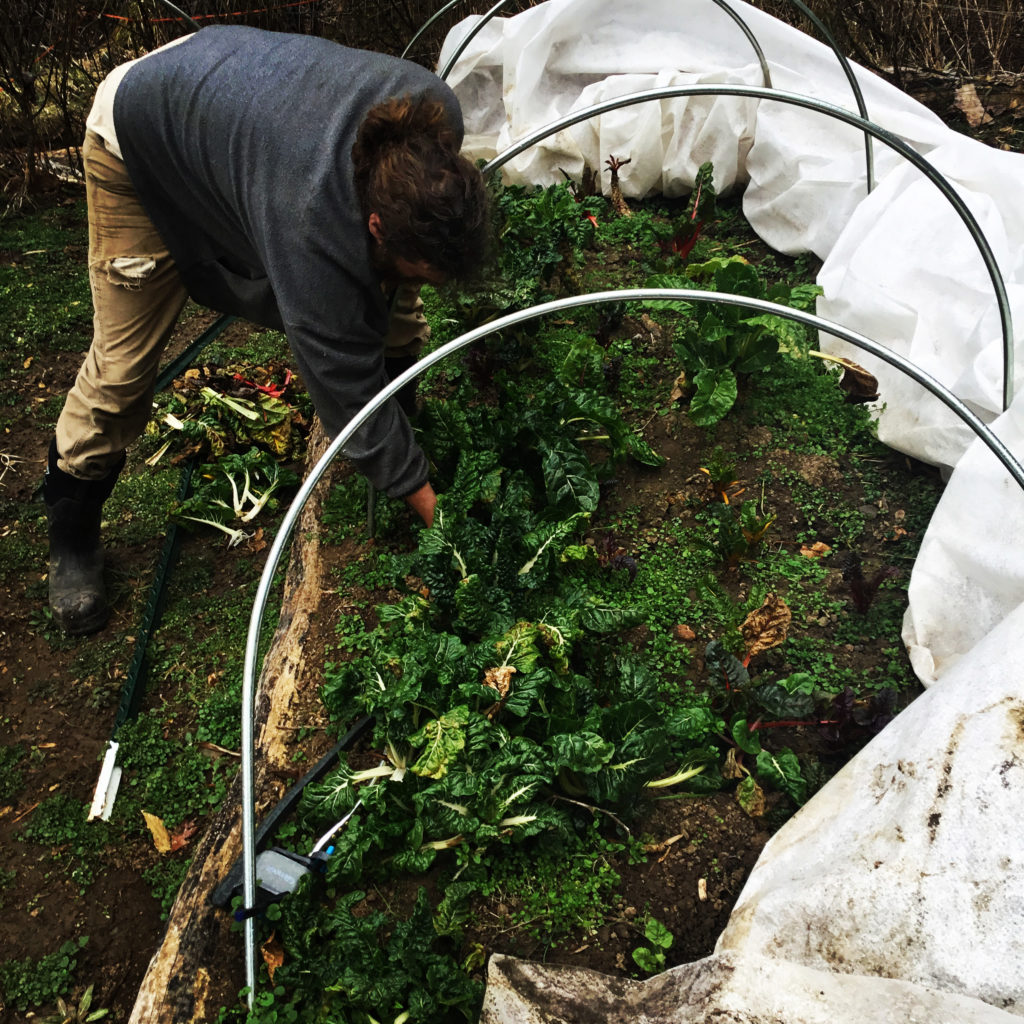I am going to admit something, a very contentious topic in my house, I hate donuts. We are surrounded by amazing little coffee houses and gourmet donut shops, but they still do not taste good to me. My husband and daughter love them, and are constantly trying to get me to try another one that might be “the one”. When my husband said he wanted to try making homemade donuts, I thought those donuts would be wasted on me. I was wrong.
I am going to admit something else, another point of contention in our house, I love winter squash. I love it so much that I could put it into almost every meal that we cook. Last year in January I asked my daughter what she wanted for dinner. Her response was “Not squash”. Of course, I still hid a bit into the chili we made that night, and she didn’t even notice.
Winter squash is so easy to grow, and so easy to store. When I am canning like crazy, I do not have to process those beauties. Just a quick wipe with some vinegar and a short warm period and they are ready to assume the position in our stairwell for the long winter ahead. Candyroasters, kabocha, butternuts, pumpkins, crooknecks, we grow and love them all and each has its own preferred use. I like to use candyroasters for pies, sweet and savory. I love kabochas in soups. Tai kang kobs (a beautiful Asian pumpkin) are hollowed out and stuffed with goodness and baked to perfection. I literally cannot get enough. My husband knows this weakness and used it to get me to love a donut. He changed my mind with squash.
These donuts are moist and soft, more cake-like than the store-bought ones. The flavor of the squash is heavenly and I usually season them with nutmeg, cinnamon, and ginger (lots of ginger). We do not over sweeten them, which is also why I like them so much. We over fill the donut mold so it creates a nest for goodness, and adding a blob of chocolate ganache or lemon curd into the little donut nest is amazing.
Here is our recipe. We have modified several different recipes we have found online, none of them was perfect. You also need to realize that this recipe needs a bit of finesse. Every different kind of squash has different moisture content, and no matter how much you drain a wet candy roaster, it will always add more liquid than a kabocha. Keep an eye on the mix and make sure it is firm, but creamy when you drop it into the molds. If it seems gritty, really thick, or lumpy add a bit more liquid or squash. If it seems thin and more like pancake batter, then add more flour until it is thicker. It may take a few rounds of making them to recognize the perfect texture, but I bet you will be up to that challenge.
Pumpkin Donuts:
- ¼ cup veg oil or melted lard
- 2 large eggs (you gotta use pasture-raised, good quality eggs when you bake)
- ¾ cup sweetener, we use molasses, but you can use sugar or agave, whatever floats your boat.
- ¾ cup squash puree
- 1 tsp each cinnamon and ginger (I usually add more ginger than this)
- ¼ tsp nutmeg
- ½ tsp salt
- 1 tsp baking powder
- ½ tsp vanilla
- 1 cup whole wheat flour
- Combine all ingredients and mix well
- Plop into silicon donut molds and bake at 350 for 15-20 minutes depending on the wetness and the size of your donut molds. Use a toothpick to make sure they are done before you pull them out. Allow them to cool well. All the moisture from the squash makes them steamy and HOT when you pull them out.
We usually double or triple the recipe because we have so much squash and the donuts seem to just disappear from the counter, even as they are being made.
Basic ganache is equal parts cream and chocolate. Warm the cream in a pot, then pour over the chocolate until it melts and is creamy. Use good quality chocolate for this. Cheaper chocolates have a lot of fillers and it will affect both the flavor and consistency of your ganache. I recommend picking up some good semisweet chocolate chips which are the perfect size for melting. You can plop this in the donut nests, or just dip the top of the donut into it to create a chocolate glaze.
We hope you enjoy!



















